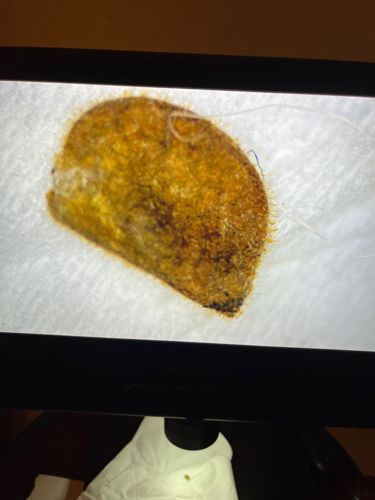Case-bearing Clothes Moth
Scientific Name: Tinea pellionella
Order & Family: Lepidoptera (moths and butterflies), Tineidae (fungus moths and clothes moths)
Size: Adults: 10-14 mm wingspan. Larvae: up to 10 mm in length.

Natural Habitat
Primarily indoor environments, including homes, museums, warehouses, and other buildings where natural fibers are stored or present.
Diet & Feeding
Larvae feed on natural fibers such as wool, fur, silk, feathers, and sometimes synthetic blends, often found in clothing, carpets, upholstered furniture, and stored textiles. They also feed on lint, dust, and hair.
Behavior Patterns
Larvae spin silken cases that incorporate debris and food particles, which they carry with them. Adults are active at night and are attracted to lights. They undergo complete metamorphosis.
Risks & Benefits
Risks: Significant pest of textiles, causing damage to clothing, carpets, and other items made of natural fibers. Can lead to economic losses and require pest control measures. Benefits: None significant in human-associated environments.
Identified on: 9/4/2025